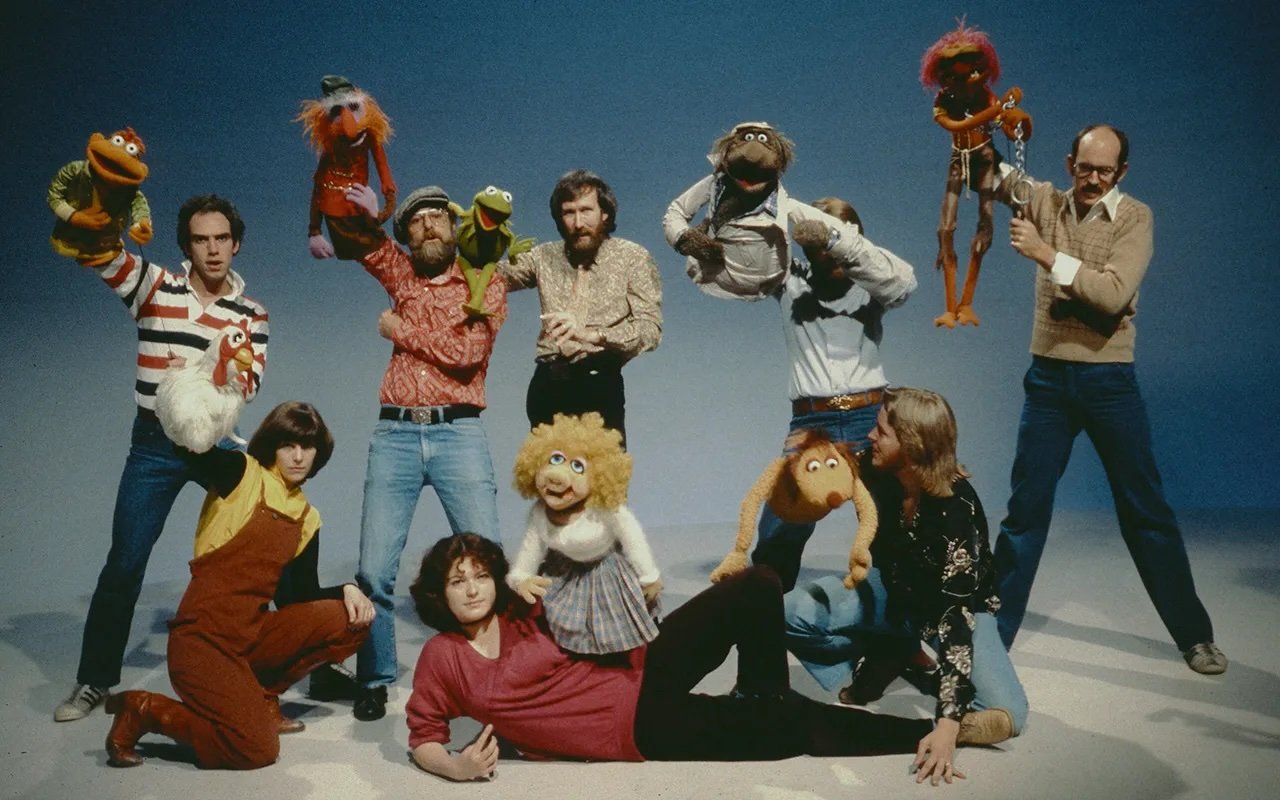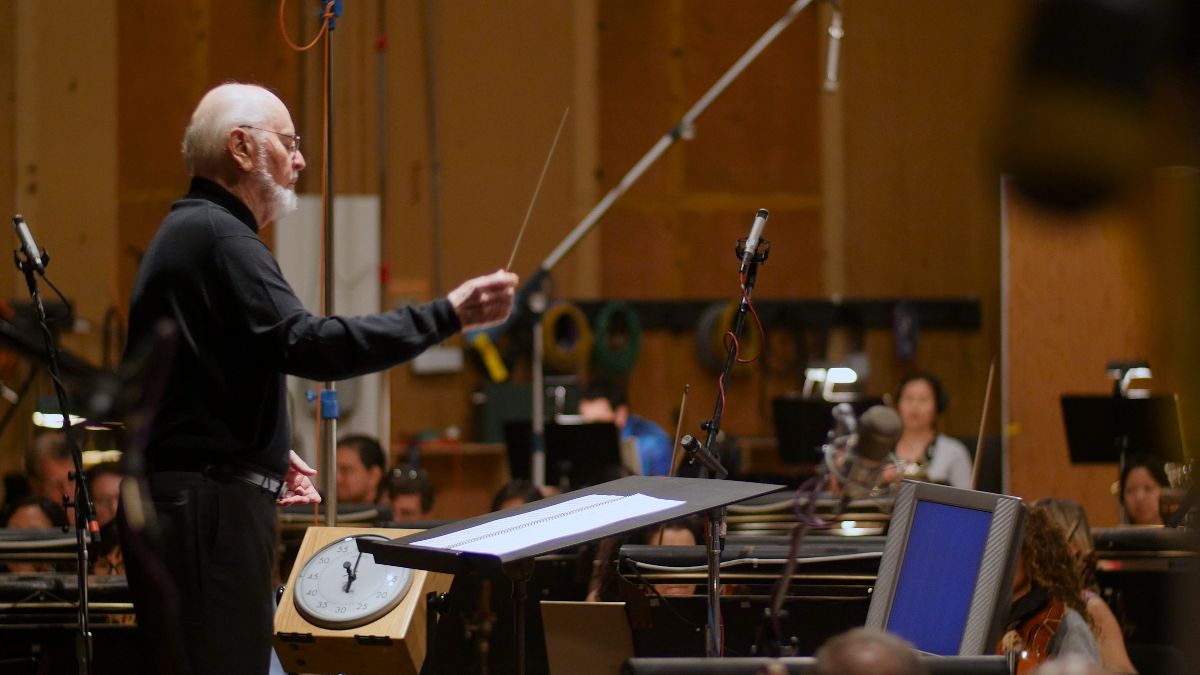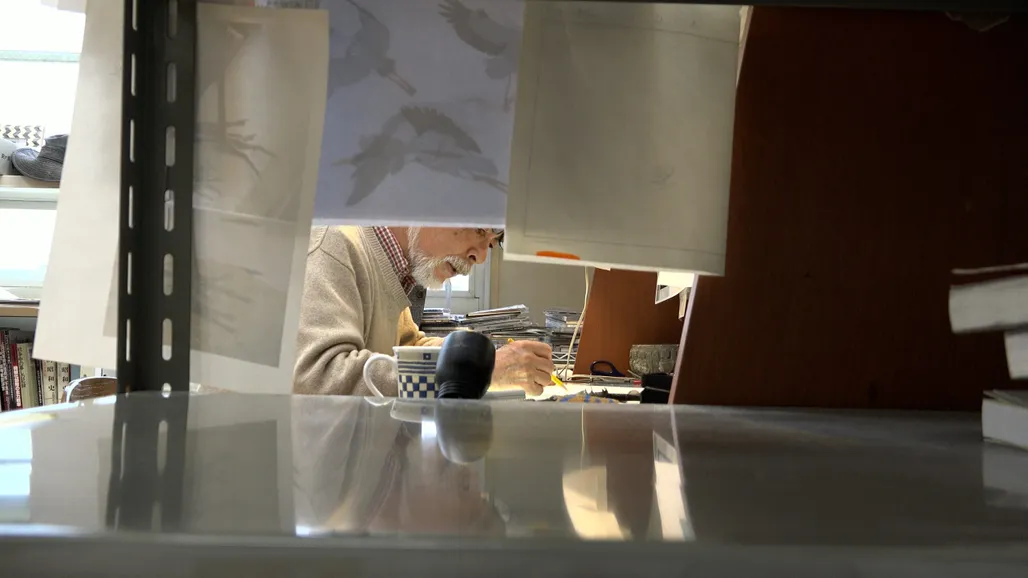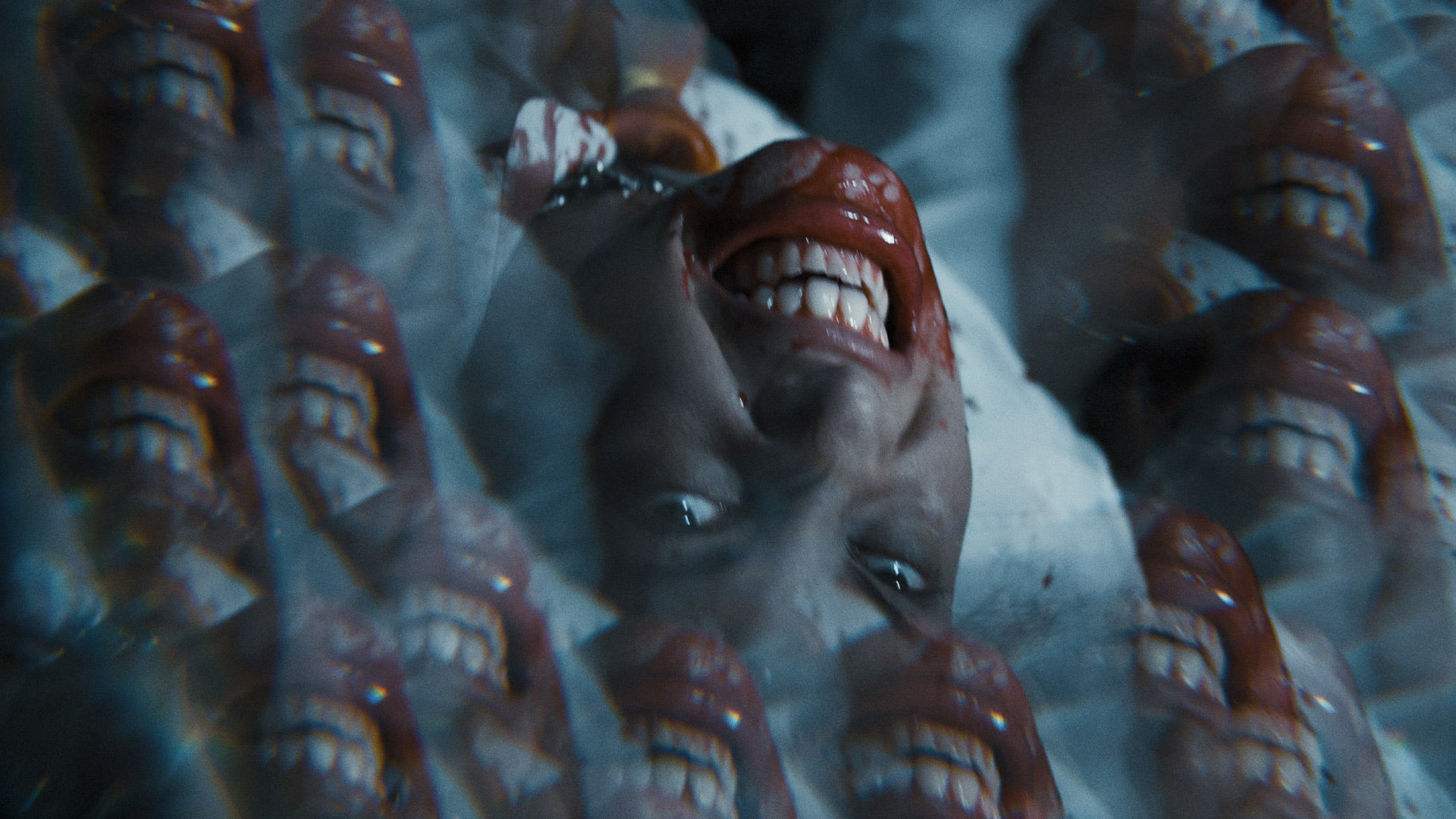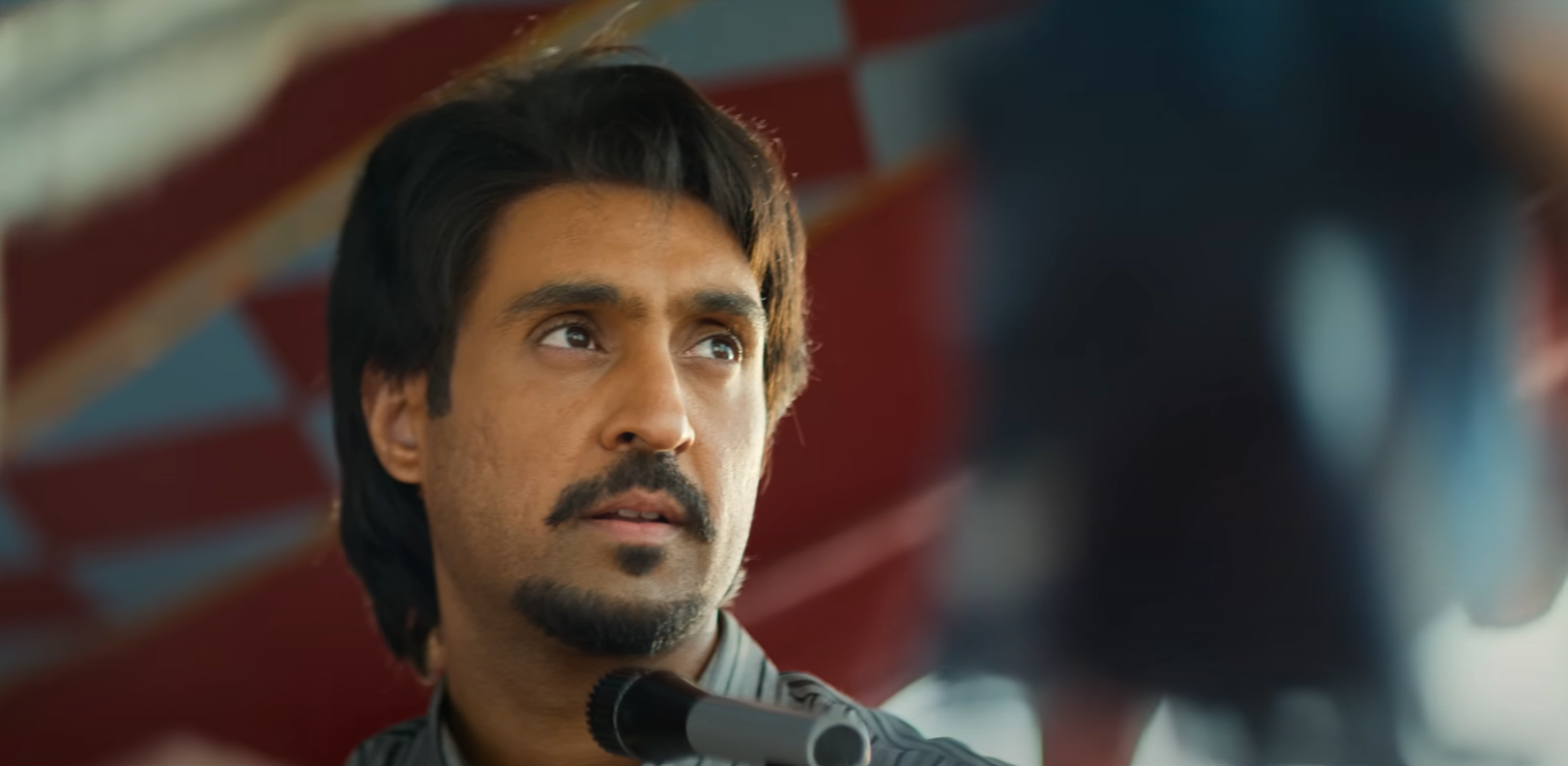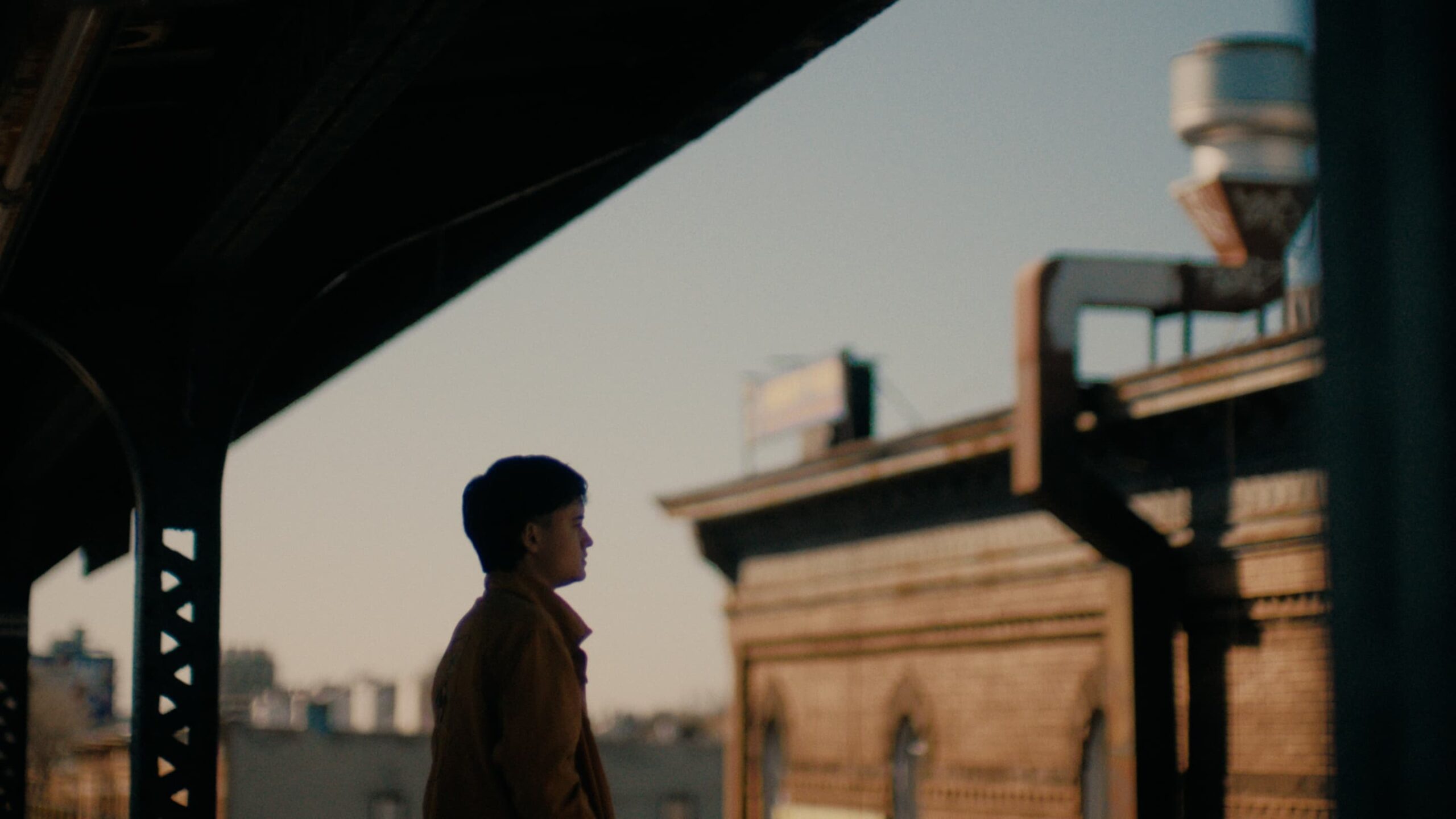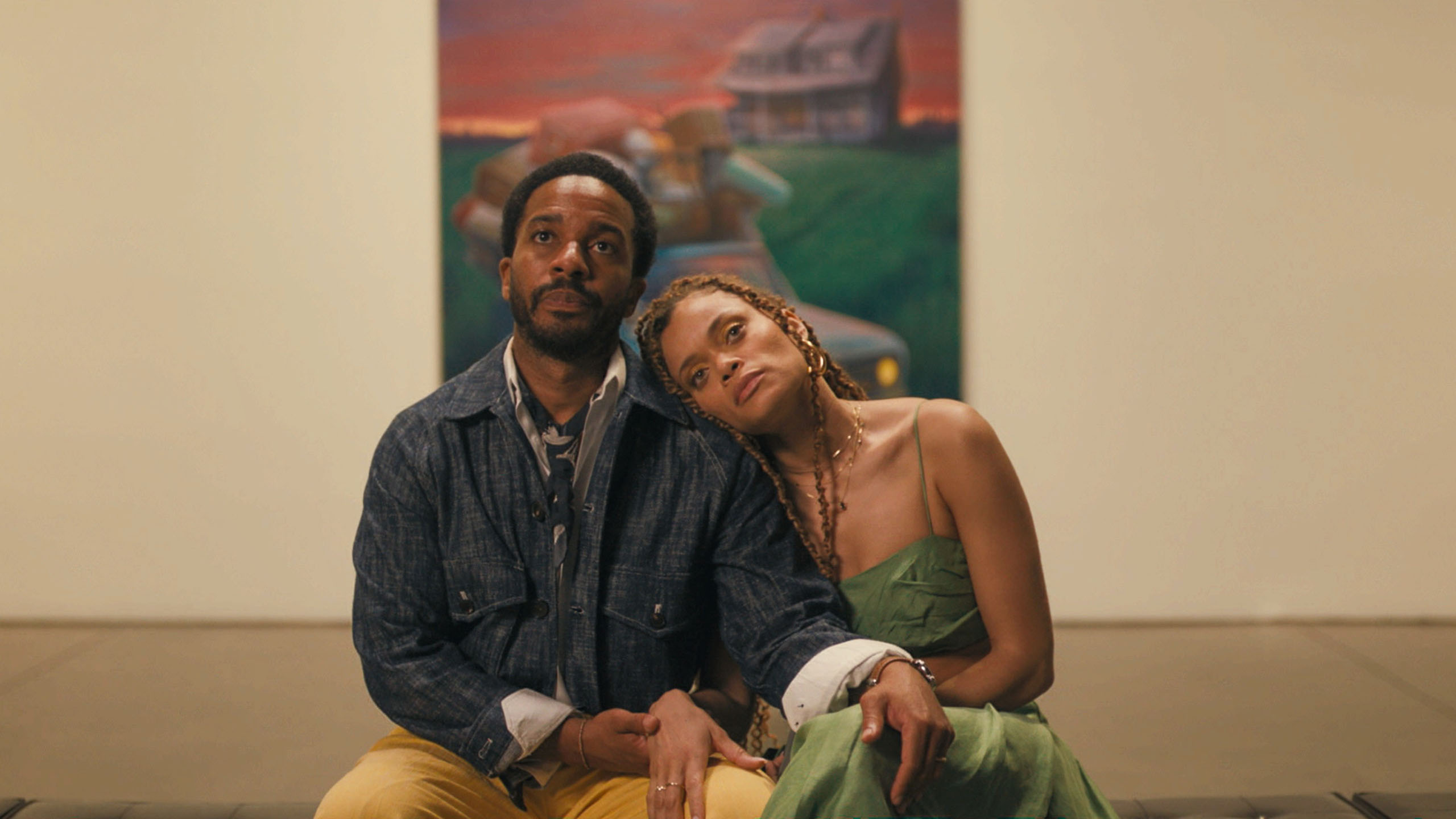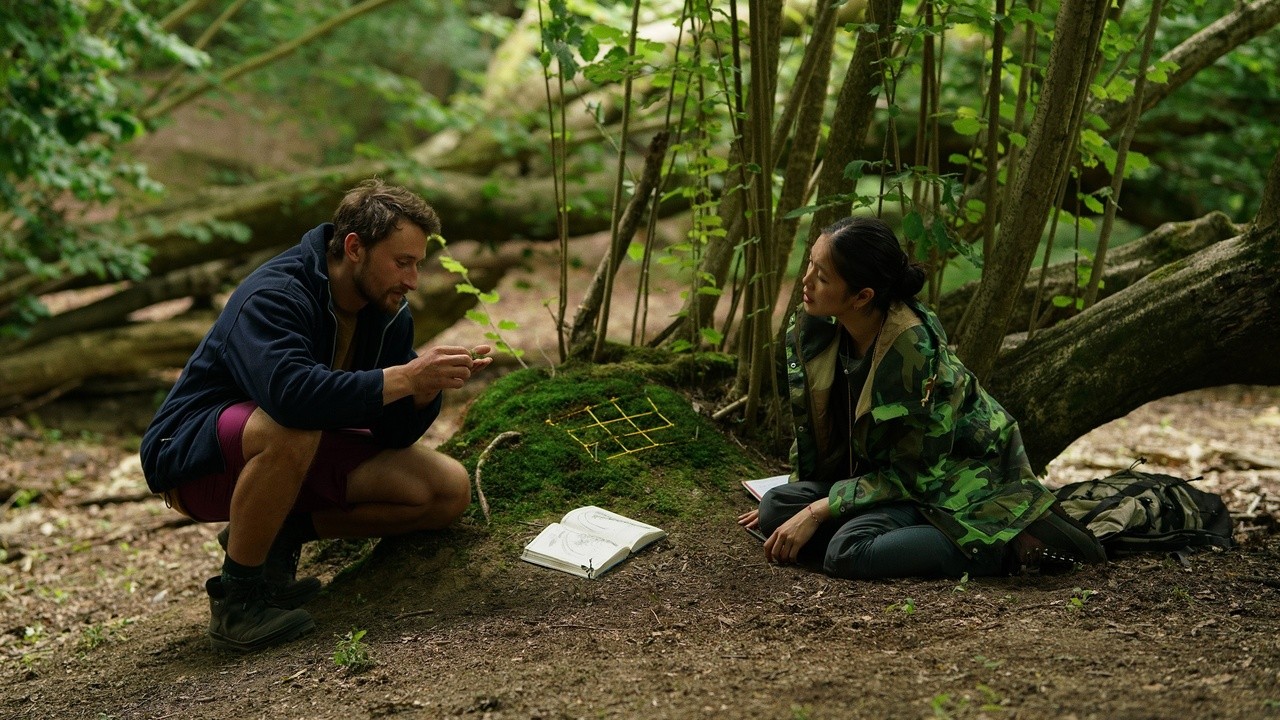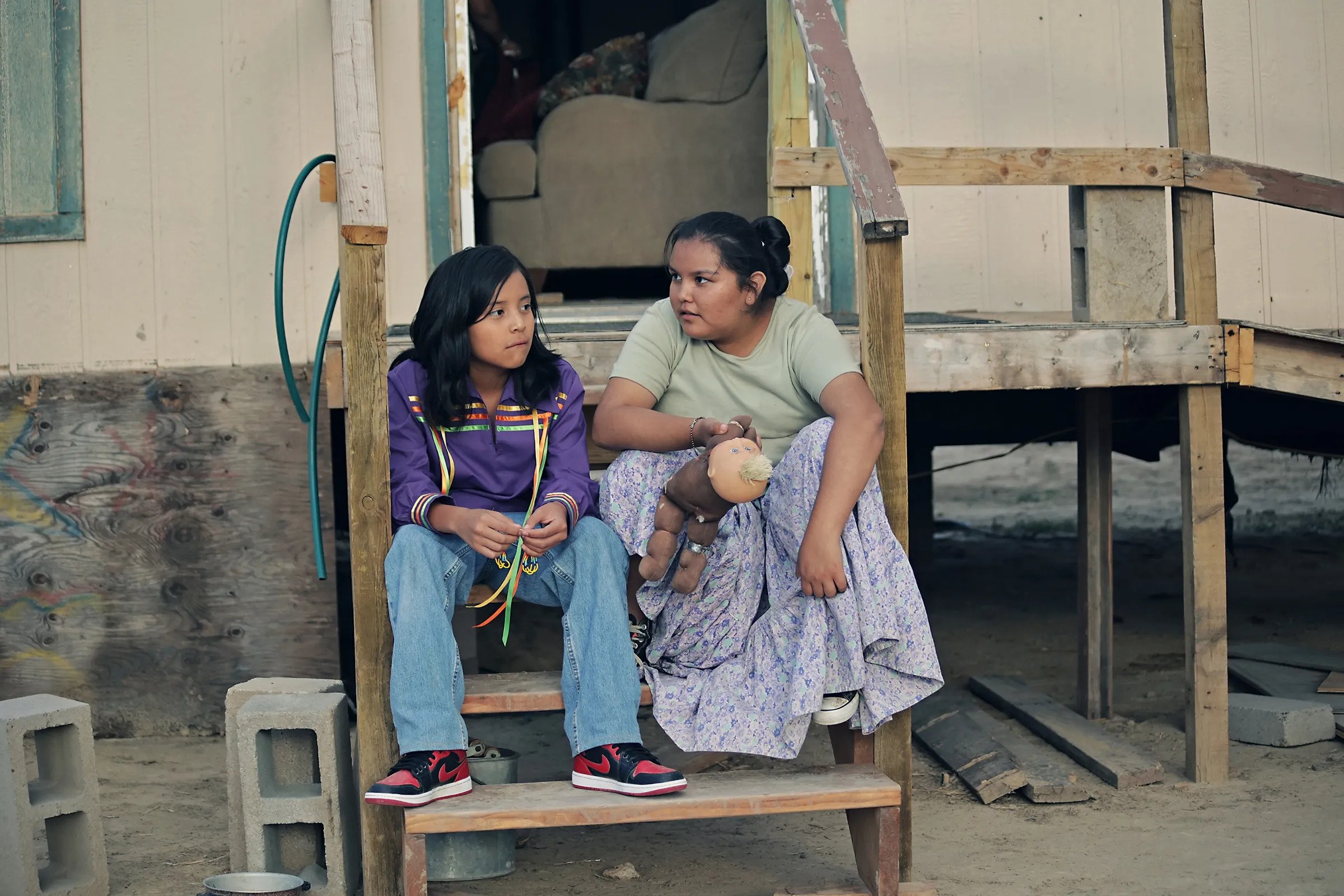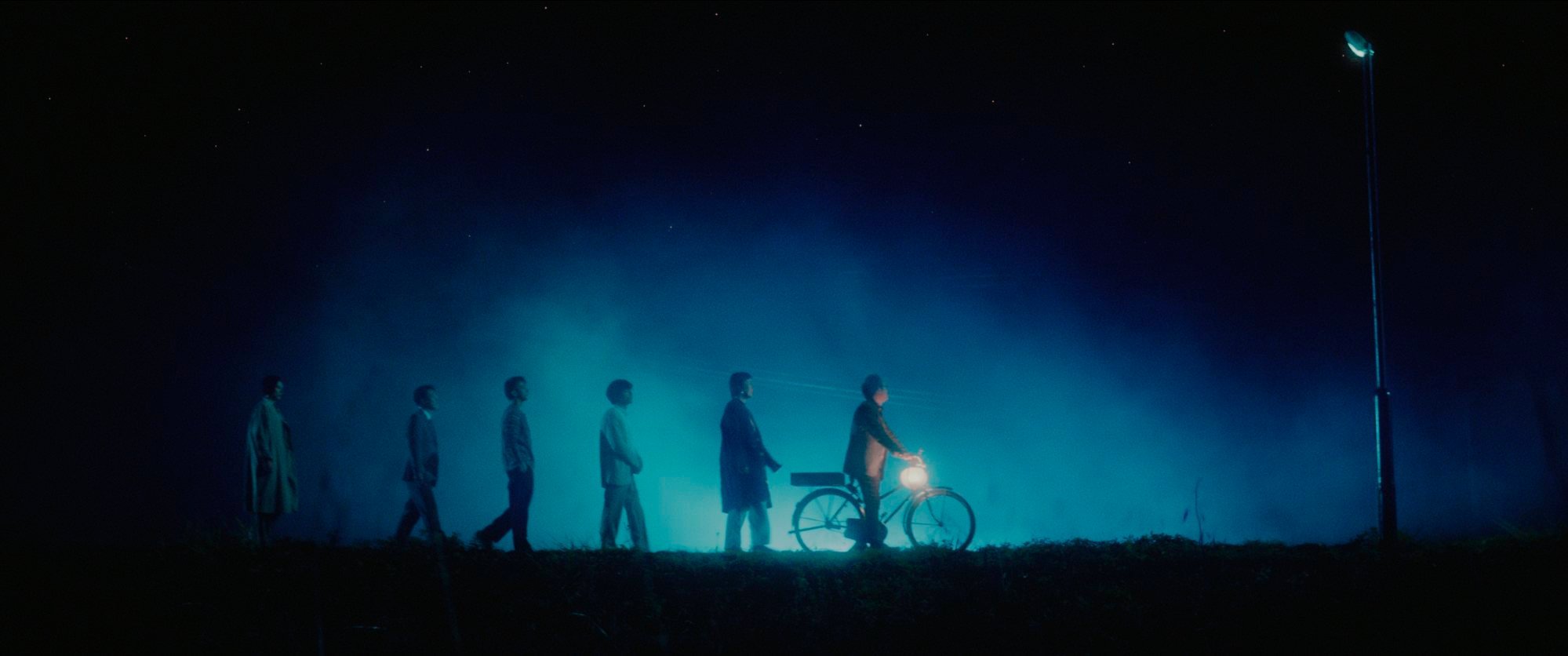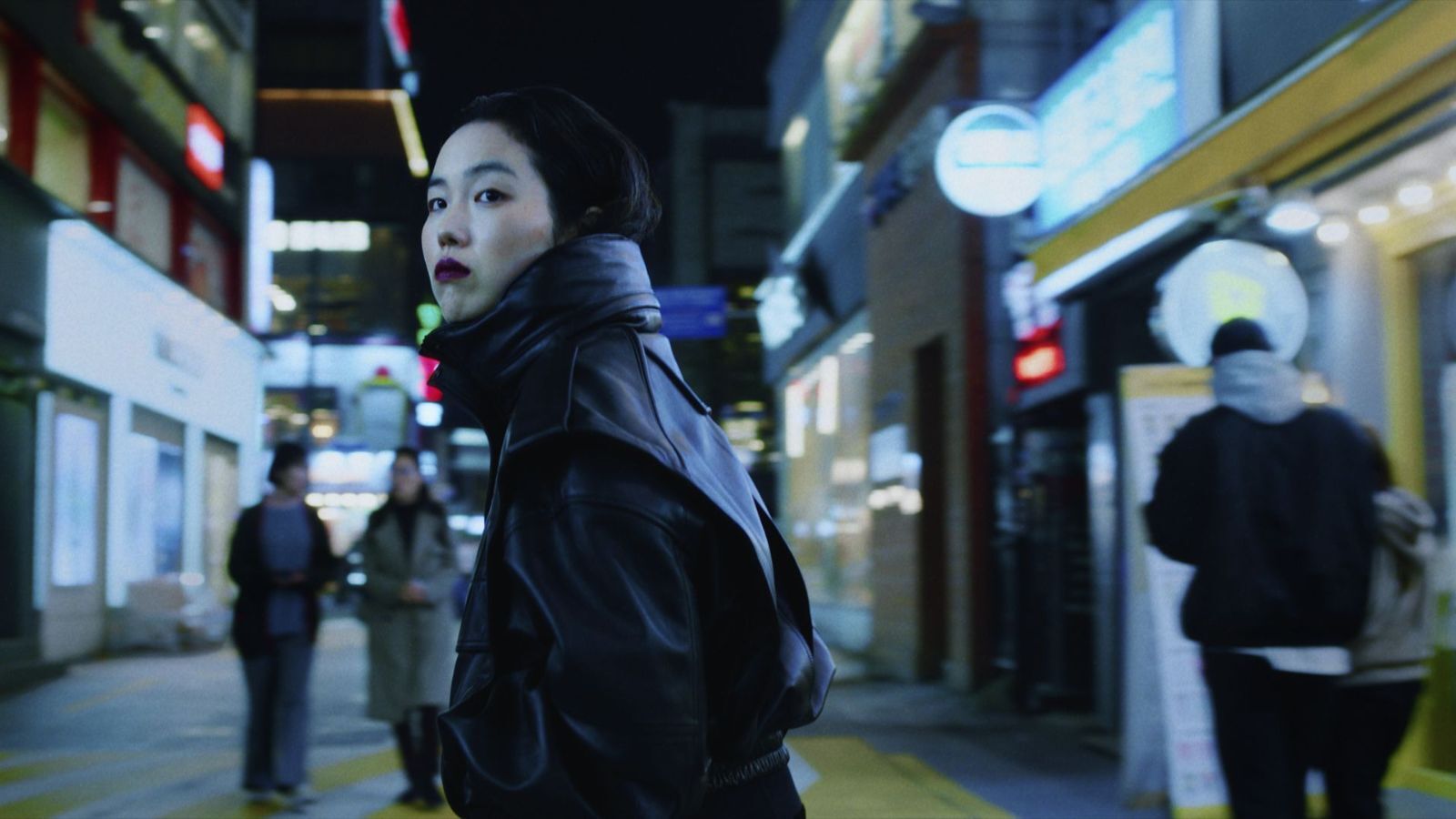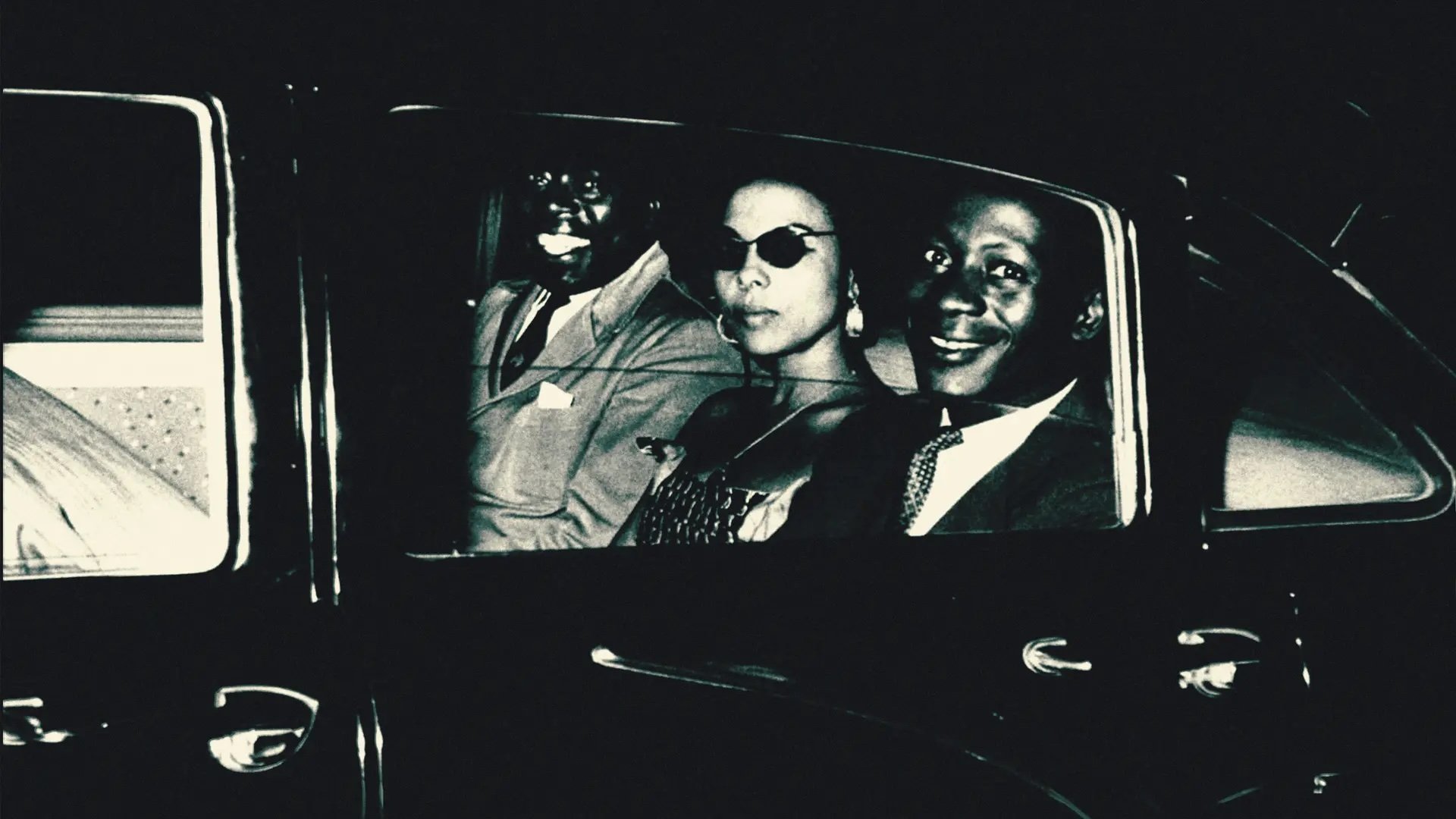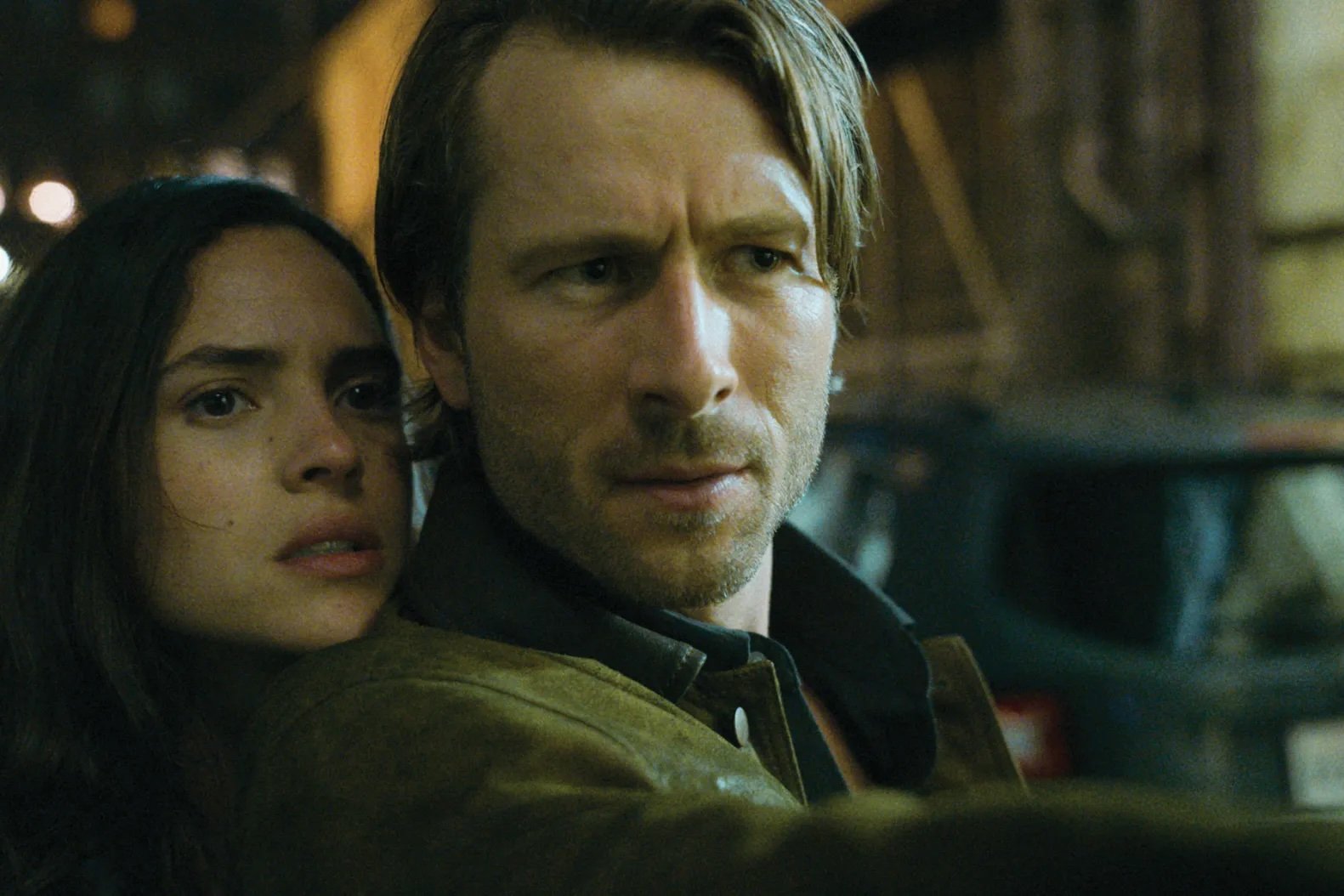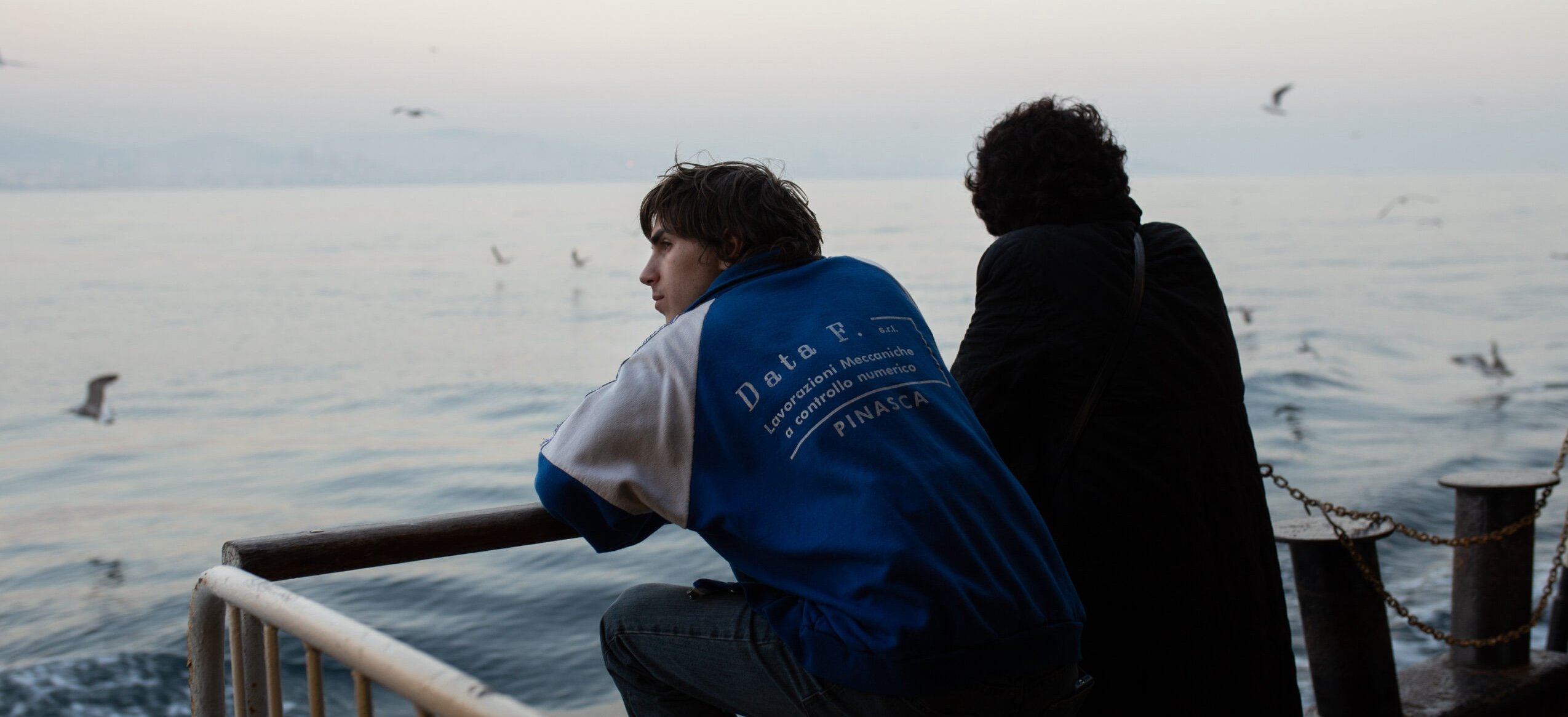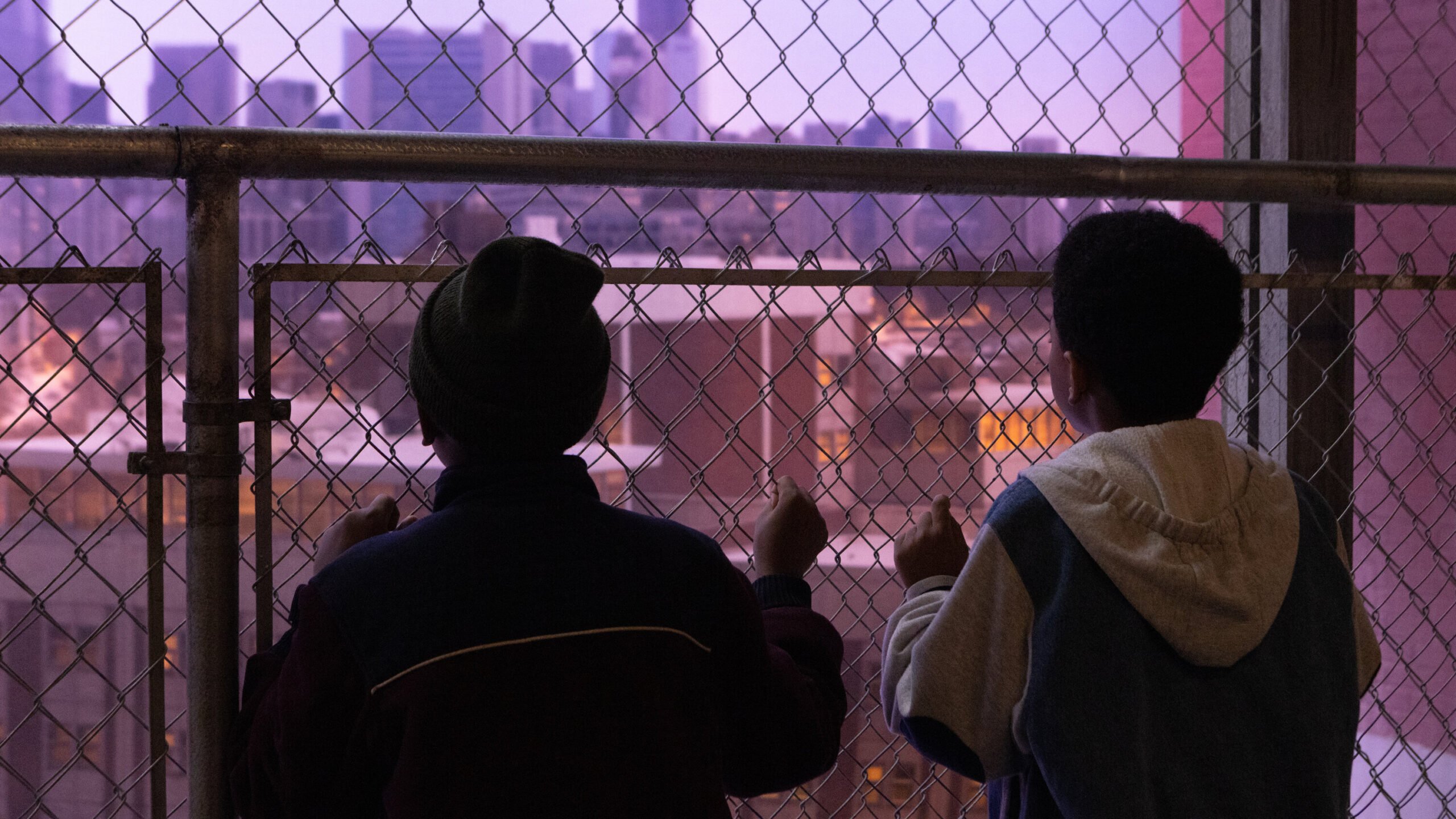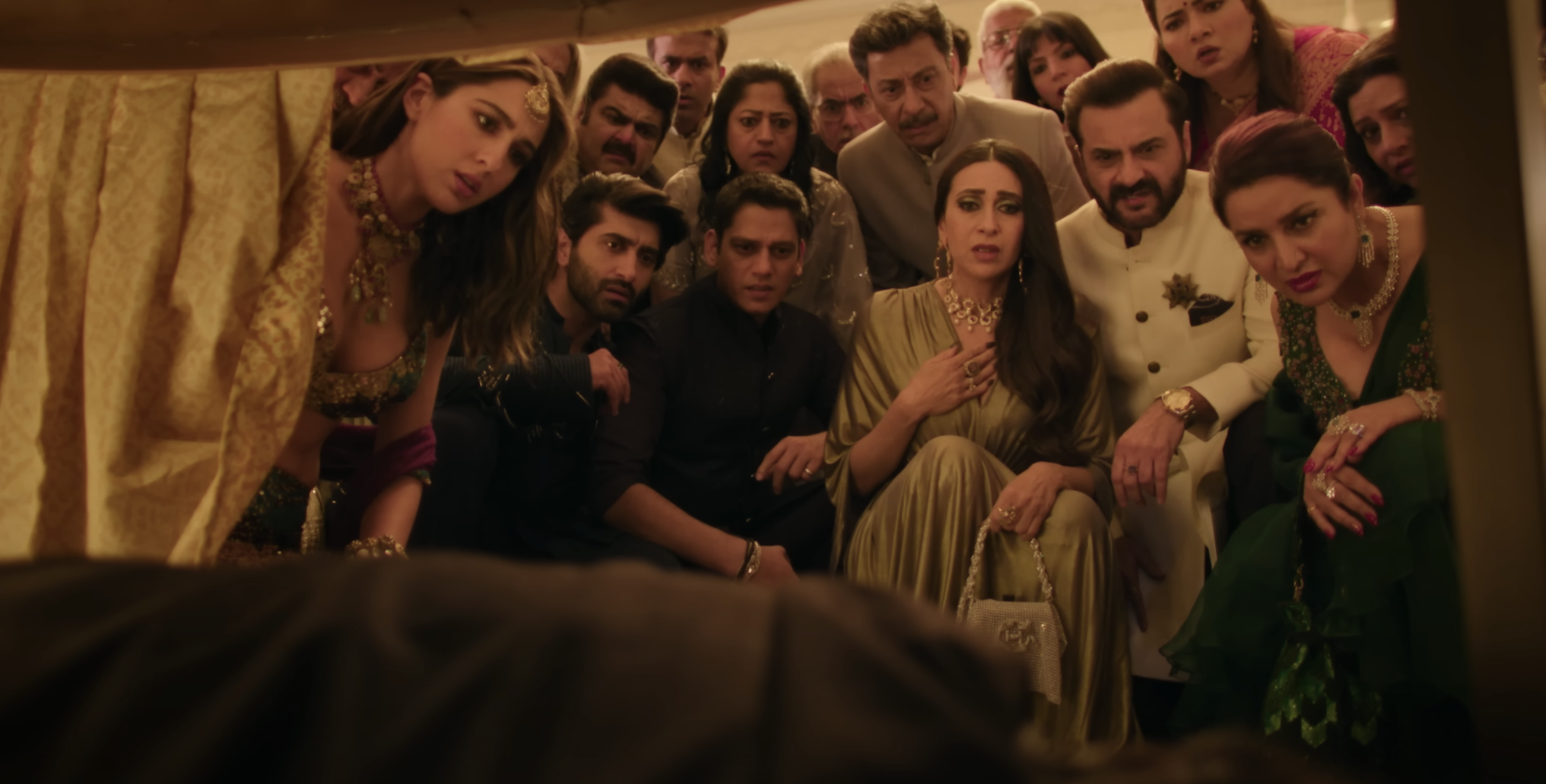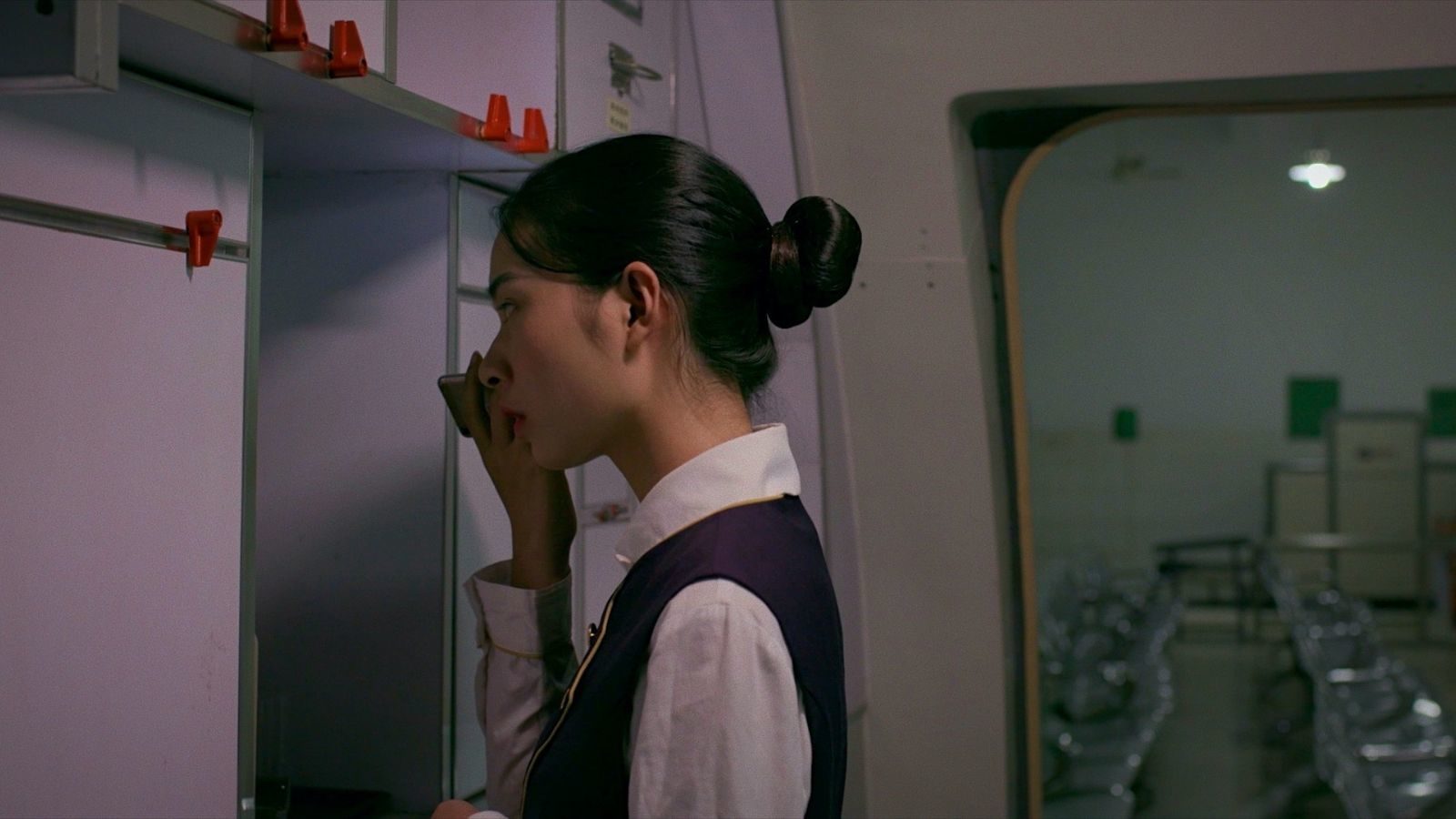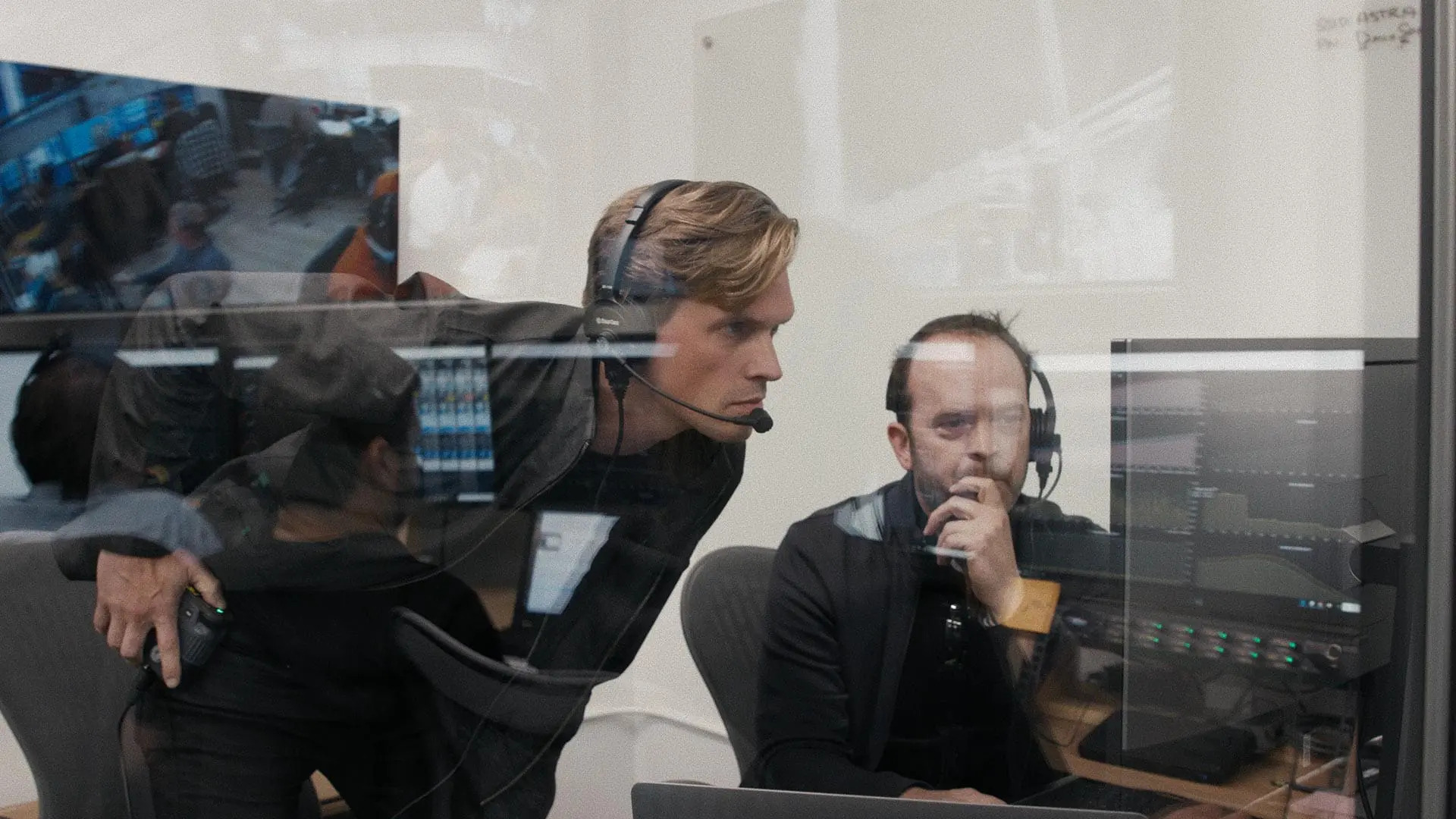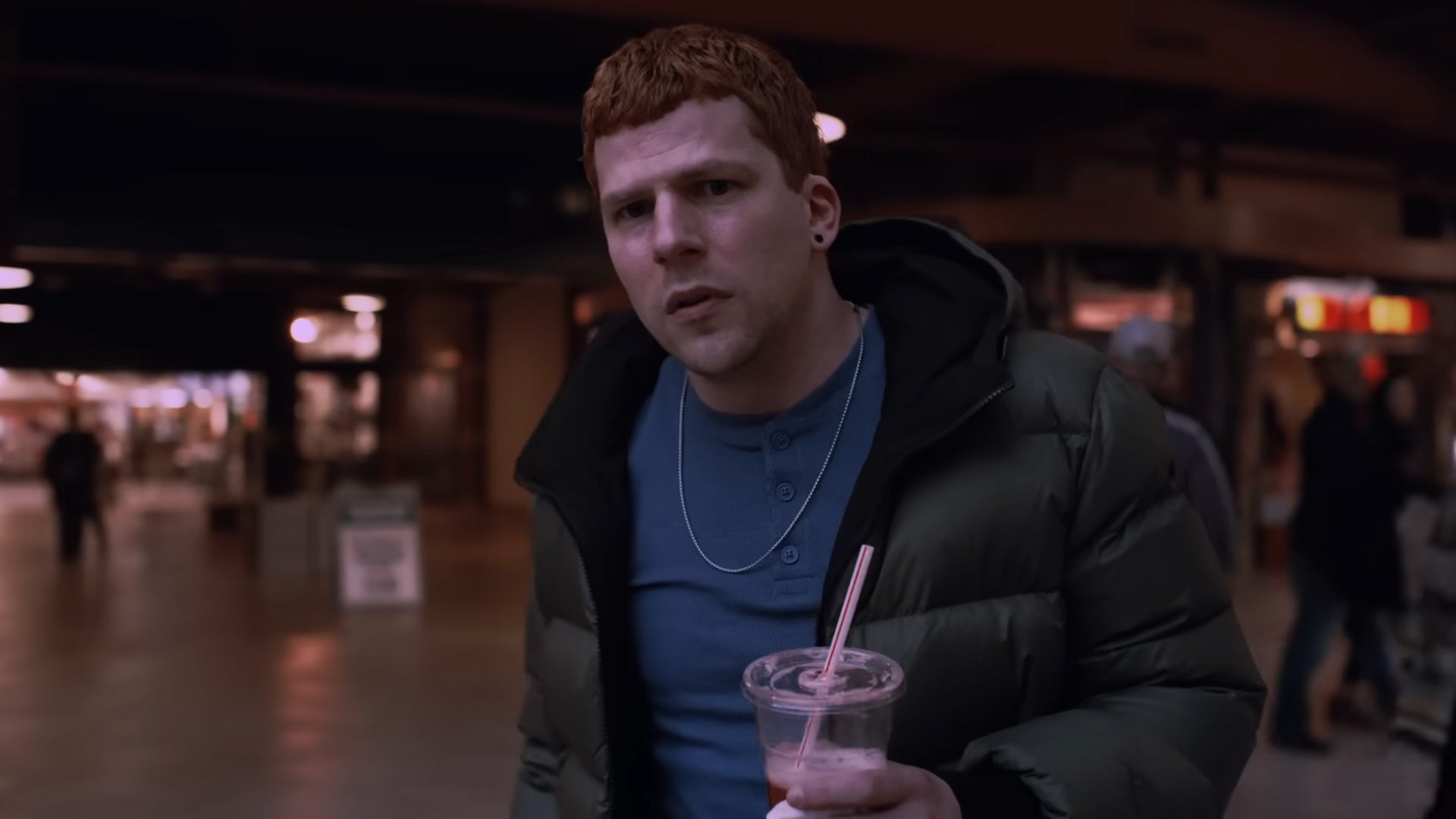Movies Like Interstellar (2014)
“The healing power of art” sounds cheesy, but it’s a statement made beautiful and true in Ghostlight. It’s the sensitively told and wonderfully performed story of an ordinary man who, up until this point, doesn’t even know how Romeo and Juliet ends. That’s how detached he is from art. But when Rita (Dolly de Leon) […]
Made on a clearly lower budget but with enthusiasm and love for the craft overflowing from every frame, Junta Yamaguchi’s River gets clean and wholesome comedy—that’s still plenty memorable—out of a terrific ensemble of actors, all of whom get to display a full range of expression for their increasingly exasperated characters. It’s smart, economical filmmaking […]
KPop Demon Hunters is adorable. The supernatural element adds an interesting twist to the familiar band plot, and writer-directors Maggie Kang and Chris Appelhans brilliantly depict K-pop fandom’s good and bad sides through demonic protection and possession. But it’s impressive how the film handles the storytelling, the music, and the animation. They all work in […]
While based on the Mononoke series, which is in turn, a spin-off of Ayakashi: Samurai Horror Tales, it might seem that Mononoke The Movie: The Phantom in the Rain would require some background reading for people new to the story. Thankfully, there’s no need to do homework for this beautifully designed masterpiece, as the Medicine […]
For the longest time, television seemed to be the antithesis to reading– part of that belief still lingers to this day. However, just before the turn of the millennium, there was a show that didn’t find itself opposite to it, instead, it wanted to be its ally. That show was Reading Rainbow. Butterfly in the […]
Hurt people hurt people, the saying goes, and nowhere is that more evident than in Hard Truths. Directed by Mike Leigh (Secrets & Lies, Vera Drake, Happy-Go-Lucky), Hard Truths follows two sisters who couldn’t be more different. One is Chantelle, a cheerful hairdresser who has raised equally ebullient daughters, and the other is Pansy, a […]
Will and Harper’s premise is simple: two friends journey from one end of the States to another and, amid pit stops and bar hops, sunsets and beers, they talk about life, from its biggest concepts down to its tiniest details. The only difference in this case is that Will and Harper are navigating their friendship […]
We Are the World is a charity single created for African famine relief. It was a smash success– it inspired plenty of other charity singles and already has a TV documentary about it. But The Greatest Night in Pop reveals new behind-the-scenes footage with a home video flair, intercut with interviews from those who were […]
Frida Kahlo is an iconic Mexican painter, not just because of her outstanding art, but also because of her outlook in life, despite her ill health and tragic accident. Because of this, she has been talked about in multiple books, movies, and exhibitions, but a new documentary has popped up, this time from her own […]
We’re familiar with dick jokes from stand-up comedians, especially male stand-up, but Jacqueline Novak’s 90-minute show about the blow job feels completely new. Get on Your Knees feels like casual storytelling from someone experienced yet distant enough to be a cool authority on it (say, your best friend’s older sister’s best friend), but funnier. It’s […]
It’s hard not to be enchanted by Henson’s furtively creative world, which here is charmingly sectioned into nostalgic archival footage, stop motion art, and clips of Henson’s own experimental films early in his career. Those unfamiliar with Henson might think his story is simply the history of the Muppets and Sesame Street (though even then […]
Before this documentary, I didn’t have the faintest clue that the formative films of my childhood—Star Wars, Superman, Indiana Jones, ET, and Harry Potter, to name a few—were scored by one man: John Williams. This film is a loving tribute to Williams, who at 92, is still as lively as ever as he shares how […]
At first, you wonder, couldn’t this behind-the-scenes look at the making of The Boy and The Heron just be a DVD special? But a few minutes in, it becomes clear how rich the material is. It’s not just about Miyazaki and the making of a movie, it’s about him grappling with grief and transforming it […]
In 1914, Sir Ernest Shackleton set out to the Antarctic in the hopes of making the first land crossing on the continent. His ship, the Endurance, couldn’t complete the journey, and so Shackleton and his crew had to pivot from setting a record to simply surviving. Almost a century later, a group of scientists are […]
After the La Manada rape case in 2016, it was necessary to document this event, especially since the widespread national outrage and demonstrations managed to move the country to change the way Spain defines consent. You Are Not Alone: Fighting the Wolf Pack documents this arduous journey. While it’s done through the familiar Netflix true […]
There’s a degree of removal in Perpetrator which some viewers may find jarring: most visibly, in the performances, whose heightened sensitivity can seem unlikely for a horror film. That said, director Jennifer Reeder’s main conceit here is to entertain and make you think, and she doesn’t want you to get too comfortable. In the central […]
Babes tells the story of Eden (Ilana Glazer) and Dawn (Michelle Buteau), codependent best friends who are forced to reevaluate their relationship when Eden finally joins Dawn in becoming a mother. While Eden learns how to be more mature and independent, Dawn struggles to feel like herself again after two exhausting pregnancies. Burdened by these […]
At times of great societal turmoil, sometimes stars are born, not just to entertain the masses but to challenge the way things are done. Amar Singh Chamkila is one such star, and his music captivated all of Punjab in part due to his brash lyrics. His assassination remains unsolved, but director and co-writer Imtiaz Ali […]
Just based off its title, Mutt is already a film that tackles a state of in-between, and perhaps what makes it already precious is how honest and personal it can get, while remaining a good fictional story. This striking debut took Chilean-Serbian filmmaker Vuk Lungulov-Klotz more than six years to make, at least from the […]
Exhibiting Forgiveness does what it says in the title. The plot moves when a repentant family member returns to the protagonist’s life to reconcile with them, and in doing so, there’s hope that things would work out between them. Many a depiction would often treat this moment as a simple hurdle to jump over, but […]
You would think that a movie about making soup for your friends and studying moss would be a strange mix, but there’s just something so beautifully delicate about the way writer-director Bas Devos links the lives of two immigrants in Brussels, with the contrast between the length of their stay, the things they make, and […]
Frybread Face and Me is a little indie gem: though rough around the edges, it’s full of charm and heart. Drawn from its director’s own childhood experiences, the movie charts a formative moment in the life of Benny, a city boy of Navajo, Hopi, and Laguna Pueblo heritage who’s carted off to his grandmother’s ranch […]
With the internet able to connect people from miles away, the concept of the one that got away has become unromantic– after all, with instant messaging, their distance just means that you’ve been ghosted. But for the longest time, romance stemmed from the fated circumstances that kept or lost love, and this is excellently portrayed […]
Gangster films have an issue of glorifying organized crime, and in some ways The Pig, The Snake, and The Pigeon does the same. There are excellent, action-packed fight scenes that makes Ethan Juan as Chen Kui-lin look so damn cool, and the journey Chen takes as a stern criminal out for his legacy definitely romanticizes […]
When it comes to ghosts, plenty of films are centered around personal, unresolved business in the living world, but rarely do films examine how the spirit world would be, unless it’s for fantastical fights or horrific terror. The Parades instead focuses on a world of lost, but ordinary, and thankfully kind, souls. And as the […]
If you’re expecting a documentary about the particular U2 concert in Sarajevo, to focus exclusively on U2, you’re not really going to get it in Kiss the Future. But that’s not necessarily a bad thing. In fact, it’s probably the best approach for this particular documentary, as it focuses more on the way Sarajevans found […]
In both documentaries and films, adoptees meeting their biological parents for the first time is an event often painted in a sweet light. Never mind the child’s mixed feelings about it or the tragic reality that caused the split in the first place—it’s a reunion between family members, so it must be unequivocally special. In […]
Giannis Antetokounmpo’s rags-to-riches life story is the stuff of movies, and indeed it’s been told many times on print and screen. But this is the first time he and his family are telling it themselves, which is a big deal since Antetokounmpo, as it turns out, is inseparable from his family. Their revealing interviews about […]
In the 1950s and 60s, as Congo freed itself from Western rule, it also played a vital role in the Cold War and worldwide emancipation of colonized countries. The documentary unearths this often-forgotten part of history in an unconventional manner. Instead of using talking heads and chronologically going through past events, it uses activist musicians […]
Hit Man is many things—a romance, neo-noir, comedy, and thriller. And though it sometimes feels like it doesn’t quite reach its full potential in all those areas, it’s hard not to be blown away by Powell’s Rolodex of characters and his palpable chemistry with Arjona. The story itself isn’t as sturdy as I hoped it […]
On paper, Crossing’s premise reads like a movie about two different people forging an unlikely but sweet bond. Lia is a no-nonsense grandma, after all, and Achi looks like he lives day-to-day, not really caring what the future brings. And it’s true, at first their stark differences provide amusing moments, but the pair quickly subvert […]
Places evoke certain emotions, but even the most rundown, cramped projects feel special when they’re home. We Grown Now is set in Chicago’s Cabrini-Green public housing complex, an area that was notorious for its crime and poverty, but to Malik and Eric, it’s a place where they became friends. The friendship they share leads them […]
Mystery films and whodunits have placed the rich and powerful in their crosshairs for generations now, and Murder Mubarak proudly follows in that tradition through a tried and tested formula. So while there isn’t anything particularly surprising here, the film nails the tone it needs, smartly placing the focus away from the central crime and […]
At two hours and nearly 30 minutes, Stonewalling is quite long. The third film from spouses Ryuji Otsuka and Huang Ji takes place in slow, slice-of-life moments, centered around a female lead that mostly doesn’t actively make choices for her own life, so it can feel frustrating to watch. But as the film unfolds, Lynn’s […]
Backed by hefty research, dramatized by great players, and made relevant by the current and future impact aerospace has on the human race, Wild Wild Space makes for a surprisingly thrilling watch. Like the title suggests, outer space is a gold mine of opportunity right now, and the three startups the film zeros in on—Astra, […]
South African director John Trengove follows-up his debut The Wound with another take on masculinity, this time set in the States. Manodrome stars Jesse Eisenberg and Adrien Brody as a newbie and a veteran in a support group for men who have been emasculated by women and feminism. That’s right, this is a film about […]
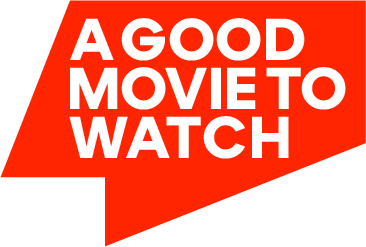























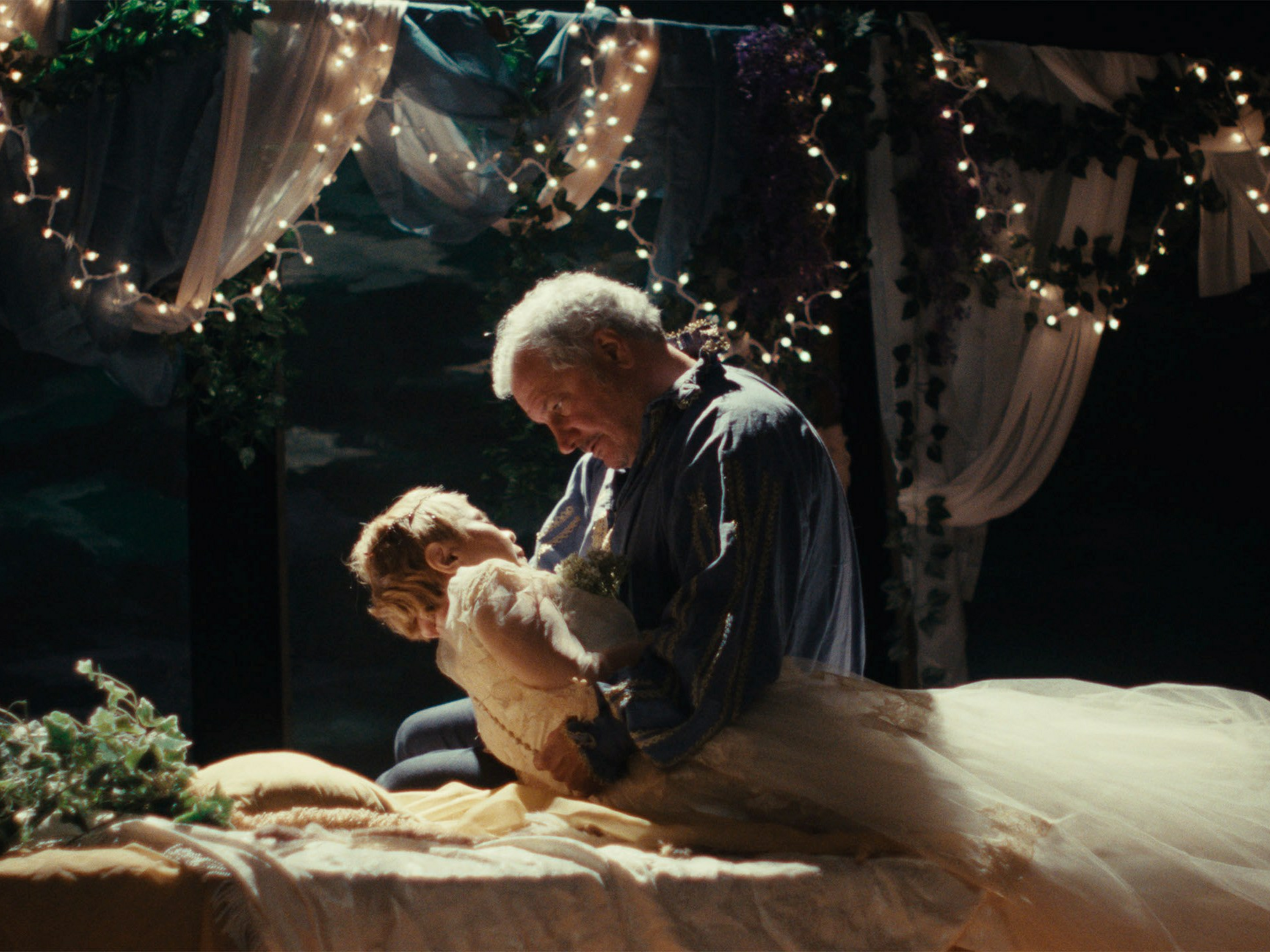
 x4
x4


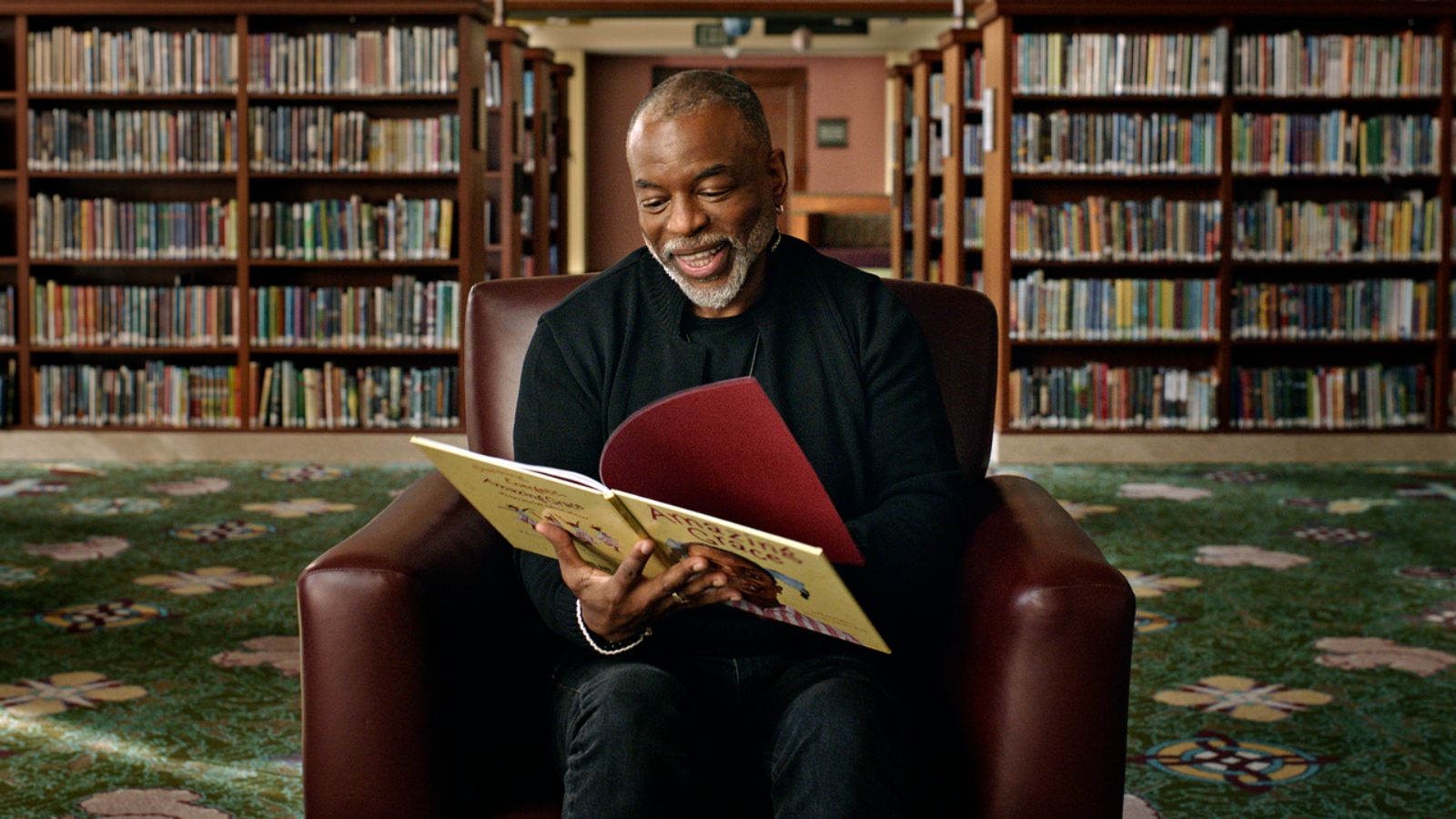
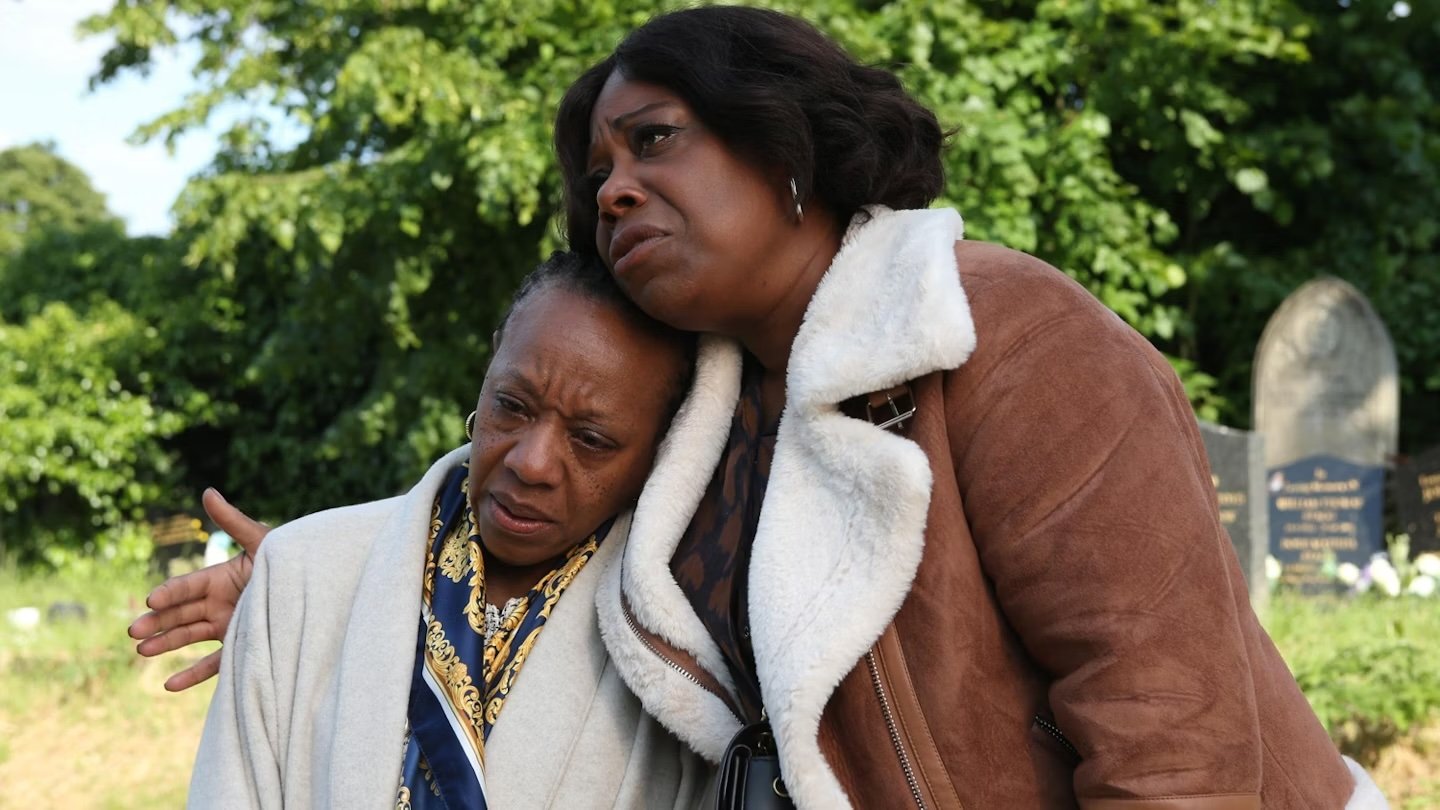
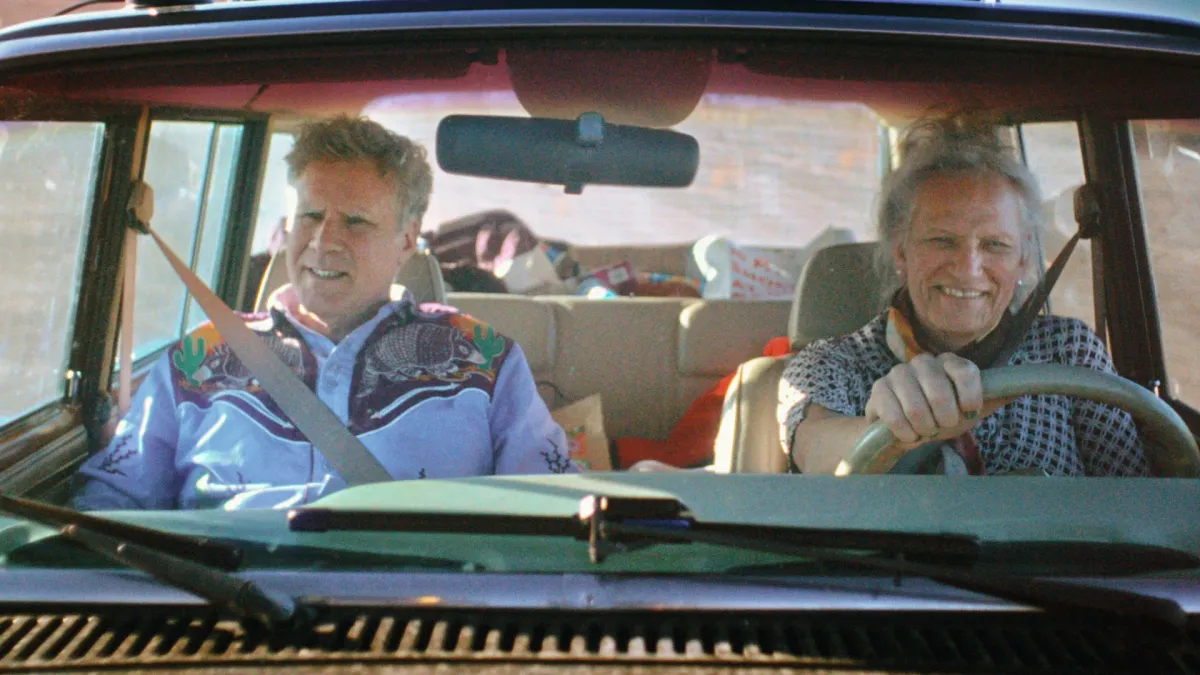
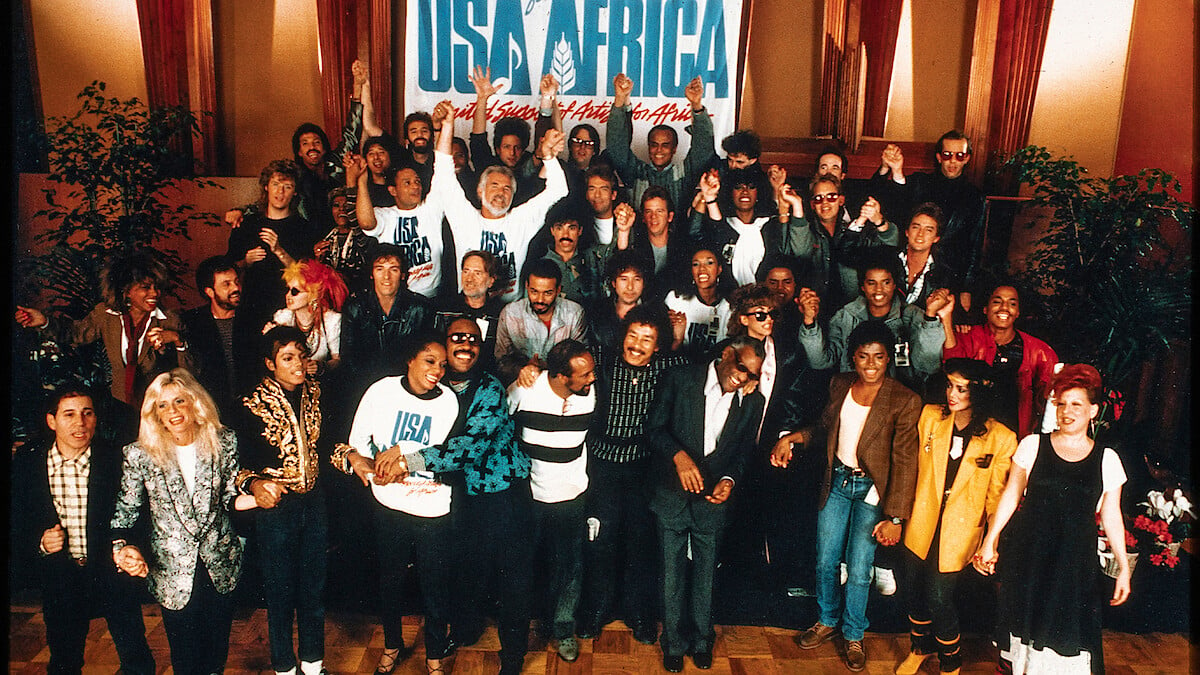

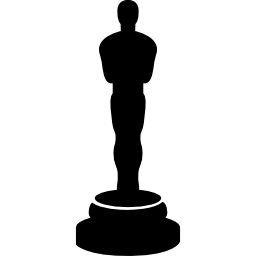 x6
x6
